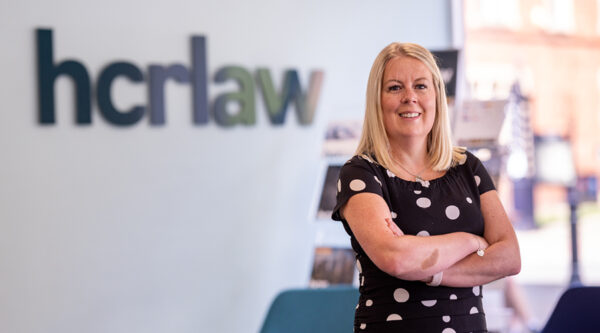

This is an anxious time for many farmers and farming families, as periods of self-isolation and labour shortages may result in temporary practical difficulties on farms. Farming is a hazardous industry and at this time of the year, many farms are in the process of calving, leading to increased close contact with cattle. Injuries from animals are by far the biggest cause of farm accidents and most of these arise from cattle. The shortage of on-farm labour support brought about by Covid-19 has only served to heighten these risks.
Dangerous situations involving cattle are almost entirely avoidable, but any work with cattle involves some level of risk. All cattle have an ‘unpredictability factor’, no matter how well you think you know your livestock. Relevant industry guidance recommends that to reduce the risk of injury to you and your employees, as well as visitors such as vets and statutory inspectors, when handling cattle, you should have:
- proper handling facilities, which are well maintained and in good working order
- a race and a crush suitable for the animals to be handled
- trained, competent and fit workers, agile enough for the task in hand
- a rigorous culling policy for temperamental animals.
However, handlers aside, one must bear in mind that the welfare of livestock is also extremely important. Indeed, much of the above is vital to protecting the health and well-being of the animal, thus avoiding mistreatment. Rough or aggressive handling is not acceptable, nor will it help in creating a safe working environment.
Consideration should always be given to the type of cattle you are handling. As a group, suckler and finishing cattle have less human contact than milking cows and so are more likely to cause problems, especially with strangers. Horned cattle also learn to use their horns aggressively and are always a greater risk to handlers.
Incidents can give rise to a health and safety prosecution and/or civil action for compensation based on negligence and/or breach of statutory duty. If this occurs, it is very important to be able to show that you have done all that is reasonably practicable to assess and reduce the risks. The ability to produce and retain relevant documentary evidence, such as risk assessments and training records for staff, will assist in defending your position. So, what are your duties/obligations in this area to assess and protect against the risk of injury, and what does the law say?
Relevant statutory provisions
The Health and Safety at Work Act 1974 places duties on you, as employer and contractor, to protect, so far as is reasonably practicable, the health and safety of employees and other people who may be affected by your work activities. The Act also requires you to assess and control risks from work activities, again so far as is reasonably practicable.
The Workplace (Health, Safety and Welfare) Regulations 1992 aim to protect the health and safety of everyone in the workplace, and to make sure that adequate welfare facilities are provided for people at work.
The Management of Health and Safety at Work Regulations 1999 place duties on employers and the self-employed to make a suitable and sufficient assessment of the risks to their own health and safety and that of others from the work they do. This includes employees, casual workers, part-timers, trainees or contractors.
The Provision and Use of Work Equipment Regulations 1998 (PUWER) apply to any equipment, including, cattle gates/pens and any race and crush that you use on the farm, to handle livestock. They require that such equipment is suitable for the task, properly maintained and that adequate training and information about the equipment is available.
With the long hours and regular night work that characterises farming and inevitably leads to fatigue, the risk of accidents drastically increases during this busy time of the year. Basic planning will also help in managing any emergency situations that arise with cattle, including:
- keeping a fully charged mobile phone in your pocket so you can call for help
- thinking about what you will do if attacked or injured
- assessing the job before you start
- ensuring everyone present on the farm knows where you are and when you expect to return
- Making sure, before handling cattle with newly born calves, any farm dogs are locked away out of sight.
As someone who regularly handles suckler cattle on the family farm in the Brecon Beacons and a member of the Agriculture and Rural Affairs (ARA) team here, I know how important these issues are, and can advise on health and safety matters and prosecutions or civil actions for compensation arising from cattle handling.










